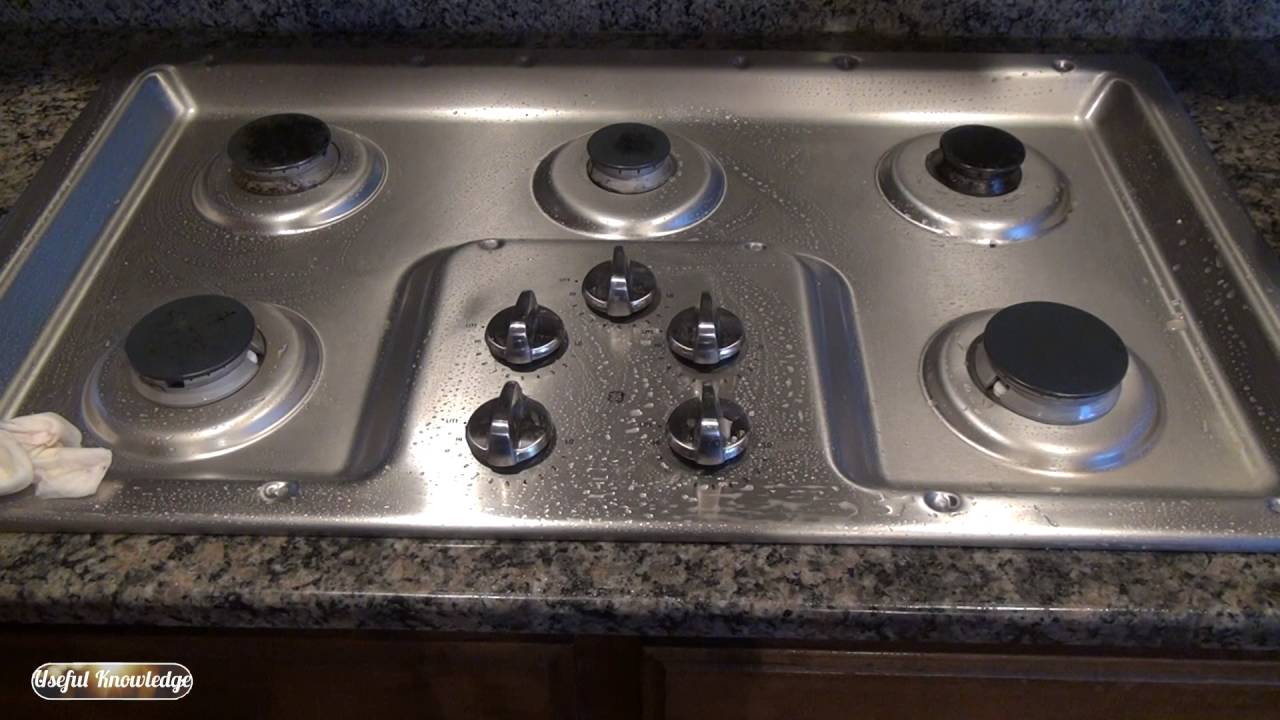

Articles
How To Clean Burnt Stainless Steel Cooktop
Modified: September 2, 2024
Learn effective methods for cleaning burnt stainless steel cooktops in this informative article. Discover tips and tricks to restore your cooktop's shine and eliminate tough stains.
(Many of the links in this article redirect to a specific reviewed product. Your purchase of these products through affiliate links helps to generate commission for Storables.com, at no extra cost. Learn more)
Introduction
Keeping your stainless steel cooktop clean and free from burnt-on food can sometimes be a challenging task. Over time, cooking spills and splatters can accumulate, leaving unsightly stains and making it difficult to maintain the pristine appearance of your cooktop. However, with the right supplies and techniques, you can easily restore your stainless steel cooktop to its original shine.
In this article, we will guide you through a step-by-step process on how to clean burnt stainless steel cooktops effectively. Whether you’re dealing with light stains or stubborn residue, these tips and tricks will help you achieve a spotless and gleaming cooktop.
Before we dive into the cleaning process, it’s essential to gather the necessary supplies. Having everything handy will make the cleaning process smoother and more efficient. Here’s a list of supplies you’ll need:
- Mild dish soap or stainless steel cleaner
- Soft microfiber cloth or sponge
- Dishwashing gloves
- Baking soda
- White vinegar
- Lemon juice
- Water
- Non-abrasive scrub brush or sponge
Now that you have all the supplies ready, let’s get started with the cleaning process.+
Key Takeaways:
- Easily restore the shine of your stainless steel cooktop by following a step-by-step cleaning process using simple supplies like mild dish soap, baking soda, and white vinegar.
- Protect and maintain your stainless steel cooktop by removing loose debris, creating a gentle cleaning solution, and polishing the surface for a spotless and gleaming finish.
Supplies Needed
Before you start cleaning your burnt stainless steel cooktop, it’s important to gather all the necessary supplies. Having these items on hand will make the cleaning process more efficient and effective. Here’s a list of supplies you’ll need:
- Mild dish soap or stainless steel cleaner: Choose a gentle dish soap or a specialized stainless steel cleaner specifically designed for cooktops. Avoid using harsh chemicals or abrasive cleaners, as they can damage the stainless steel surface.
- Soft microfiber cloth or sponge: Opt for a soft microfiber cloth or a non-abrasive sponge to avoid scratching the stainless steel surface. These materials are gentle enough to clean without causing any harm.
- Dishwashing gloves: It’s always a good idea to protect your hands while cleaning. Wearing dishwashing gloves will keep your hands safe from any cleaning agents or hot water.
- Baking soda: Baking soda is a natural and effective cleaning agent that can help remove stubborn stains and burnt-on food. It’s safe to use on stainless steel and provides gentle abrasive action.
- White vinegar: White vinegar is a versatile cleaning agent that can be used for various purposes, including removing tough stains and grease from stainless steel surfaces.
- Lemon juice: Lemon juice is another natural cleaning agent that has acidic properties, making it effective in removing stains and grime. It also leaves a fresh citrus scent behind.
- Water: You’ll need water for diluting cleaning solutions and rinsing off the cooktop.
- Non-abrasive scrub brush or sponge: For stubborn stains and burnt-on food, a non-abrasive scrub brush or sponge can provide the extra scrubbing power needed without scratching the stainless steel surface.
Having these supplies ready and easily accessible will ensure a smooth and hassle-free cleaning process. Now that everything is set, let’s move on to the step-by-step cleaning process.
Step 1: Removing Loose Debris
The first step in cleaning a burnt stainless steel cooktop is to remove any loose debris or leftover food particles. This will make it easier to tackle the stubborn stains and burnt-on residue later on.
To remove loose debris, follow these simple steps:
- Allow the cooktop to cool down completely before starting the cleaning process. Safety should always be a top priority.
- Once the cooktop has cooled, use a soft-bristle brush or a dry cloth to sweep away any loose crumbs or debris on the surface. Be gentle to avoid scratching the stainless steel.
- If there are any burnt-on food particles that are difficult to remove, use a plastic spatula or scraper to gently scrape them off. Again, be cautious not to scratch the surface.
- Dispose of the debris in a trash bin or use a dustpan to collect it. Keep in mind that it’s crucial to remove as much loose debris as possible before proceeding to the next steps.
By removing loose debris, you’re preparing the cooktop for the next stages of the cleaning process. This step ensures that you’re working with a clean surface, allowing the cleaning solutions and methods to be more effective in removing the stubborn stains and burnt-on residue.
Step 2: Creating a Cleaning Solution
Once you have removed the loose debris from your burnt stainless steel cooktop, it’s time to prepare a cleaning solution. This solution will help to break down grease, oils, and stubborn stains, making it easier to remove them.
Here’s how you can create an effective cleaning solution:
- Fill a bowl or spray bottle with warm water. The water should be warm, but not too hot to handle.
- Add a few drops of mild dish soap or a small amount of stainless steel cleaner to the warm water. If you prefer a natural cleaning solution, you can substitute the dish soap with a mixture of equal parts white vinegar and water.
- If you’re dealing with particularly stubborn stains, you can enhance the cleaning power of your solution by adding some baking soda or lemon juice. Baking soda acts as a gentle abrasive, while lemon juice’s acidic properties help to break down stains.
- Gently stir the solution to mix the ingredients together. Ensure that the soap, cleaner, or other cleaning agents are well-dissolved.
Remember, it’s important to use a mild cleaning solution to avoid damaging the stainless steel surface. Harsh chemicals and abrasive cleaners can cause scratches or discoloration.
Creating a cleaning solution allows you to customize the mixture for the level of cleaning needed on your cooktop. Once you’ve prepared the solution, you’re ready to move on to the next step: applying it to the cooktop.
Step 3: Applying the Cleaning Solution
Now that you have your cleaning solution prepared, it’s time to apply it to your burnt stainless steel cooktop. This step will help to loosen up any remaining stains, grease, and burnt-on residue, making them easier to remove.
Follow these steps to apply the cleaning solution effectively:
- Dampen a soft microfiber cloth or sponge with the cleaning solution. Ensure that the cloth or sponge is not dripping wet, but rather just moist.
- Gently and evenly spread the cleaning solution over the entire surface of the cooktop, focusing on the areas with visible stains or burnt-on residue.
- Allow the cleaning solution to sit on the cooktop for a few minutes. This gives it time to penetrate the stains, making them easier to remove.
- For particularly stubborn stains or burnt-on residue, you can place a damp cloth soaked in the cleaning solution directly on top of them. Let it sit for a few extra minutes to further loosen the debris.
By applying the cleaning solution and letting it sit, you’re allowing the ingredients to work their magic. The solution will begin to break down the stains and residue, making it easier to clean them off in the next steps.
Now that you’ve applied the cleaning solution, it’s time to move on to the next step: scrubbing the cooktop.
Use a mixture of baking soda and water to create a paste, then apply it to the burnt areas of the cooktop. Let it sit for 15-20 minutes before scrubbing with a non-abrasive sponge. Wipe clean with a damp cloth.
Read more: How To Clean Stainless Steel Silverware
Step 4: Scrubbing the Cooktop
After allowing the cleaning solution to sit and work its magic on your burnt stainless steel cooktop, it’s time to start scrubbing. This step involves using a non-abrasive scrub brush or sponge to gently remove the loosened stains and residue.
Here’s how you can effectively scrub your cooktop:
- Take a non-abrasive scrub brush or sponge and begin scrubbing the surface of the cooktop in circular motions. Apply gentle pressure to avoid scratching the stainless steel.
- Pay extra attention to areas with stubborn stains or burnt-on residue. Use a bit more pressure and scrub in a back-and-forth motion to help break them down.
- If necessary, you can dip the scrub brush or sponge into the cleaning solution to get more cleaning power. However, be mindful not to soak the cooktop or make it too wet.
- Continue scrubbing the entire cooktop, ensuring that you cover all areas and focus on any remaining stains or residue.
- Periodically rinse the scrub brush or sponge with water to remove any built-up residue and prevent it from spreading on the cooktop.
As you scrub, you’ll see the stains and residue start to loosen and come off. Be patient and persistent, and avoid using excessive force, as it can damage the stainless steel surface.
Once you’ve thoroughly scrubbed the cooktop, it’s time to tackle any stubborn stains that may still be present. Continue to the next step: removing stubborn stains.
Step 5: Removing Stubborn Stains
Despite your best efforts, there may be stubborn stains that require extra attention on your burnt stainless steel cooktop. In this step, we will focus on removing these stubborn stains to achieve a pristine and spotless cooktop.
Follow these steps to effectively remove stubborn stains:
- Create a paste by combining baking soda and water. Mix the two ingredients together until you have a thick, spreadable consistency.
- Apply the baking soda paste directly onto the stubborn stains. Use a gentle circular motion with your fingertips or a soft cloth to rub the paste into the stain.
- Let the baking soda paste sit on the stains for 5-10 minutes. This allows the paste to penetrate the stain and lift it from the stainless steel surface.
- Using a non-abrasive sponge or scrub brush, lightly scrub the stained areas in a circular motion. Apply gentle pressure to avoid scratching the cooktop.
- Rinse the sponge or scrub brush frequently and continue scrubbing until you see the stubborn stains start to fade away.
- If the stains persist, you can try using a mixture of equal parts white vinegar and water. Apply the vinegar solution to the stains and let it sit for a few minutes before scrubbing again.
It’s important to note that stubborn stains may require multiple attempts or different combinations of cleaning agents. Stay patient and persistent, adjusting your approach until you achieve the desired results.
Once you have successfully removed the stubborn stains, it’s time to move on to the next step: wiping and drying the cooktop.
Step 6: Wiping and Drying
After scrubbing and removing the stubborn stains from your burnt stainless steel cooktop, it’s crucial to wipe and dry the surface to prevent water spots and streaks. This step will leave your cooktop looking clean, shiny, and free from residue.
Follow these steps to effectively wipe and dry your cooktop:
- Dampen a clean microfiber cloth or sponge with warm water. Make sure it’s not dripping wet, as excess water can leave streaks.
- Gently wipe the entire surface of the cooktop, removing any remaining cleaning solution or residue. Use gentle circular motions and apply light pressure.
- Rinse the cloth or sponge frequently and continue wiping until all traces of the cleaning solution are removed.
- Once you’ve wiped away the cleaning solution, use a dry microfiber cloth to dry the cooktop. Make sure to go over all areas thoroughly to ensure a streak-free finish.
It’s important to note that stainless steel is prone to water spots, so thorough drying is necessary to maintain its shine and prevent any unsightly marks.
By wiping and drying your cooktop properly, you’ll ensure that it remains clean and sparkling. Now, let’s move on to the final step: polishing the cooktop.
Step 7: Polishing the Cooktop
The final step in cleaning your burnt stainless steel cooktop is to give it a polished finish. Polishing not only enhances the appearance of the cooktop but also helps to protect it from future stains and marks.
Follow these steps to effectively polish your cooktop:
- Apply a small amount of stainless steel cleaner or a few drops of olive oil onto a clean microfiber cloth.
- Gently rub the cleaner or oil onto the entire surface of the cooktop in a circular motion. This will help to remove any remaining streaks and provide a lustrous shine.
- Continue polishing until the cooktop looks clean, shiny, and free from any residue.
- If you’re using olive oil, wipe off any excess oil with a clean microfiber cloth to prevent a greasy appearance.
Polishing your cooktop not only gives it a pristine look but also creates a protective barrier against future stains and marks. It adds an extra layer of shine and makes it easier to wipe away spills and maintain the cleanliness of your cooktop.
Congratulations! You have successfully cleaned your burnt stainless steel cooktop. With regular maintenance and the occasional deep clean, your cooktop will continue to shine and bring joy to your cooking experience.
Remember to always follow the manufacturer’s instructions for cleaning and maintenance to ensure the longevity of your cooktop. Additionally, avoid using abrasive cleaners or harsh chemicals that may damage the stainless steel surface.
We hope these step-by-step instructions have been helpful in guiding you through the cleaning process. Enjoy your sparkling clean cooktop and happy cooking!
Read more: How To Clean Stainless Steel Sink Stains
Conclusion
Cleaning a burnt stainless steel cooktop may seem like a daunting task, but with the right supplies and techniques, it can be a manageable and rewarding process. By following the step-by-step guide outlined in this article, you can effectively remove stubborn stains, burnt-on residue, and bring back the shine to your cooktop.
Remember, it’s important to gather all the necessary supplies before you start cleaning. Mild dish soap or stainless steel cleaner, a soft microfiber cloth or sponge, and a non-abrasive scrub brush are essential tools for the job. Creating a cleaning solution using ingredients like baking soda, white vinegar, and lemon juice can help break down stains and grease.
Start by removing loose debris from your cooktop and then apply the cleaning solution, allowing it to sit and work its magic. Scrub the cooktop gently with a non-abrasive brush or sponge, paying extra attention to stubborn stains. If needed, create a baking soda paste or use a mixture of white vinegar and water to tackle those tough stains.
After scrubbing, wipe the cooktop with a damp cloth to remove any residue and then dry it thoroughly to prevent water spots and streaks. Finally, polish the cooktop using stainless steel cleaner or a small amount of olive oil, giving it a beautiful and protective finish.
By following these steps and taking proper care of your stainless steel cooktop, you can maintain its pristine appearance and extend its longevity. Regular cleaning and maintenance will help keep your cooktop looking brand new and ensure a pleasant cooking experience for years to come.
We hope this guide has been helpful in assisting you with cleaning your burnt stainless steel cooktop. Enjoy your clean and shiny cooktop, and happy cooking!
Frequently Asked Questions about How To Clean Burnt Stainless Steel Cooktop
Was this page helpful?
At Storables.com, we guarantee accurate and reliable information. Our content, validated by Expert Board Contributors, is crafted following stringent Editorial Policies. We're committed to providing you with well-researched, expert-backed insights for all your informational needs.
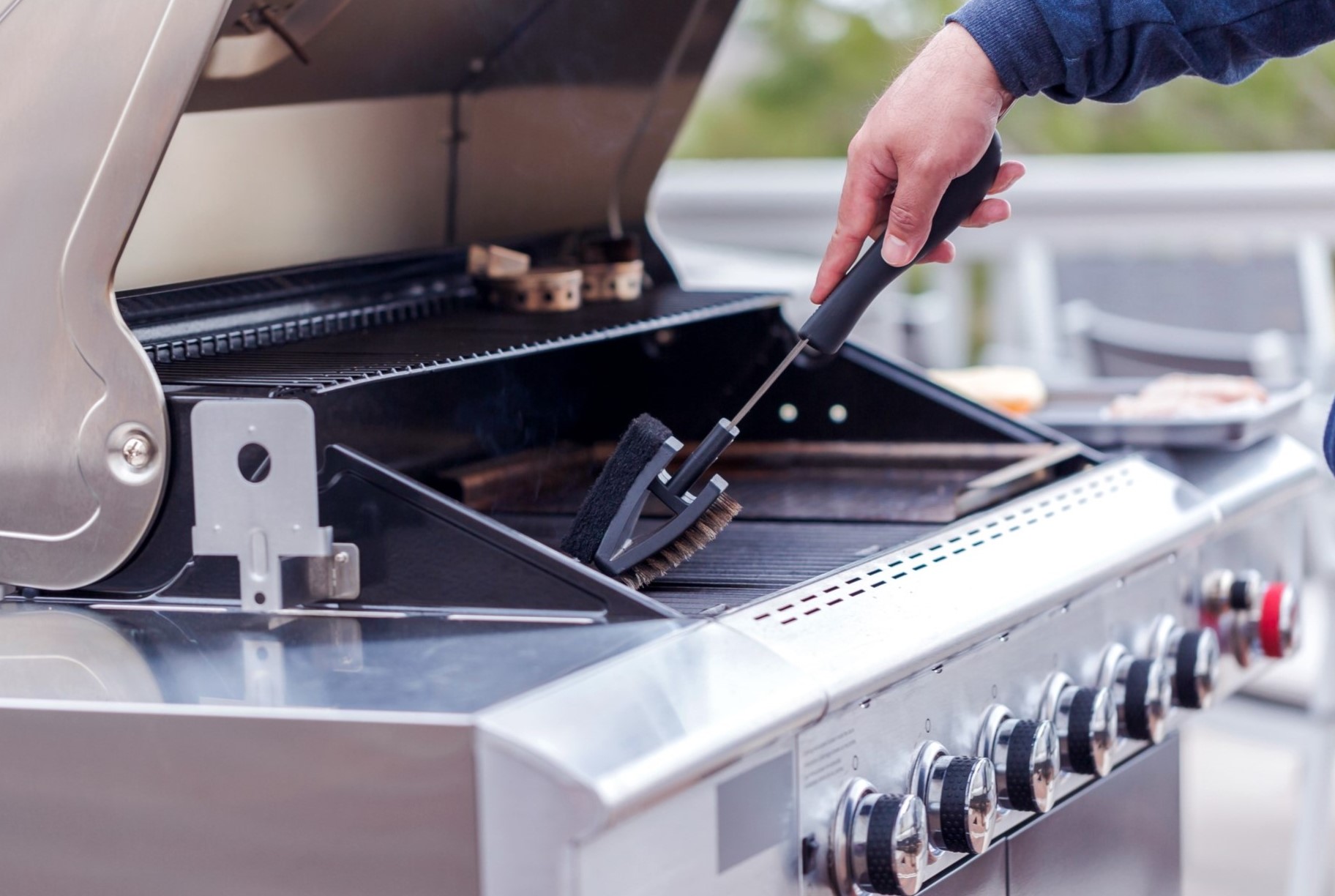

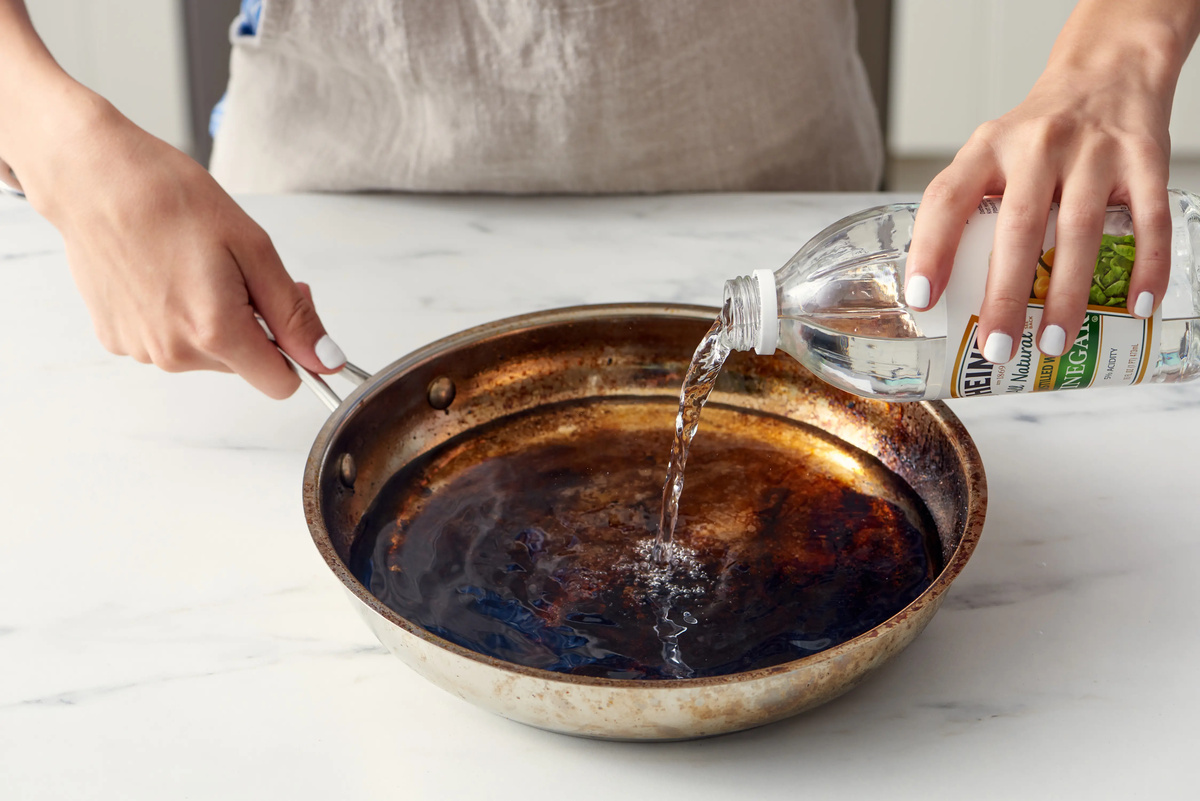
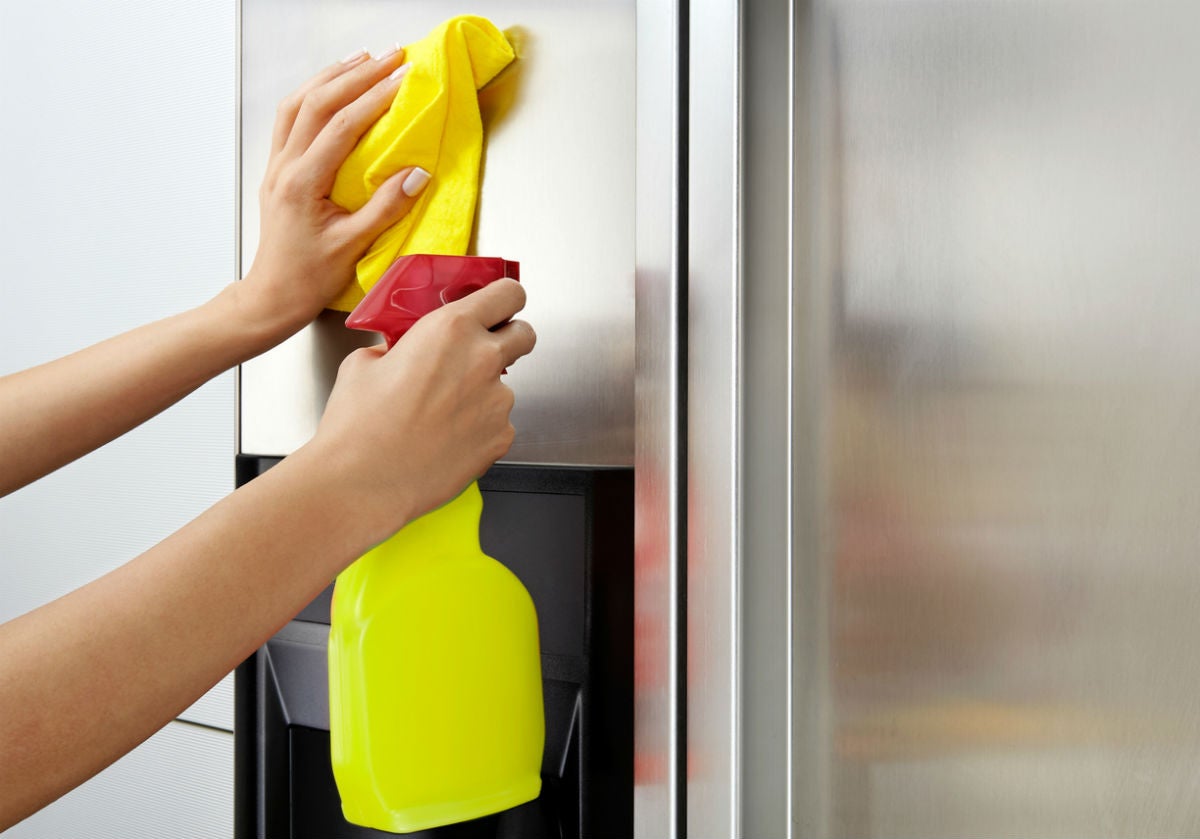
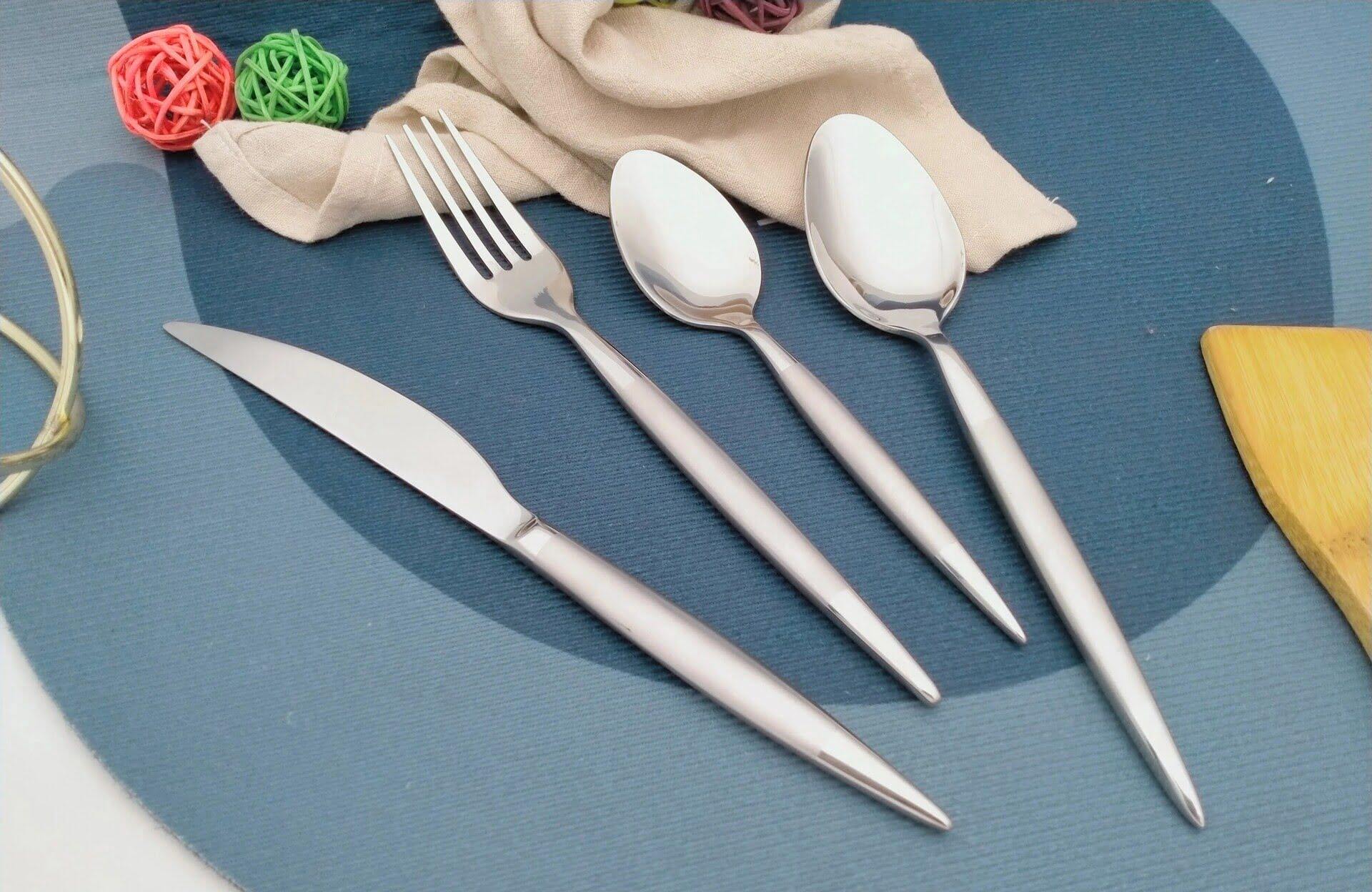
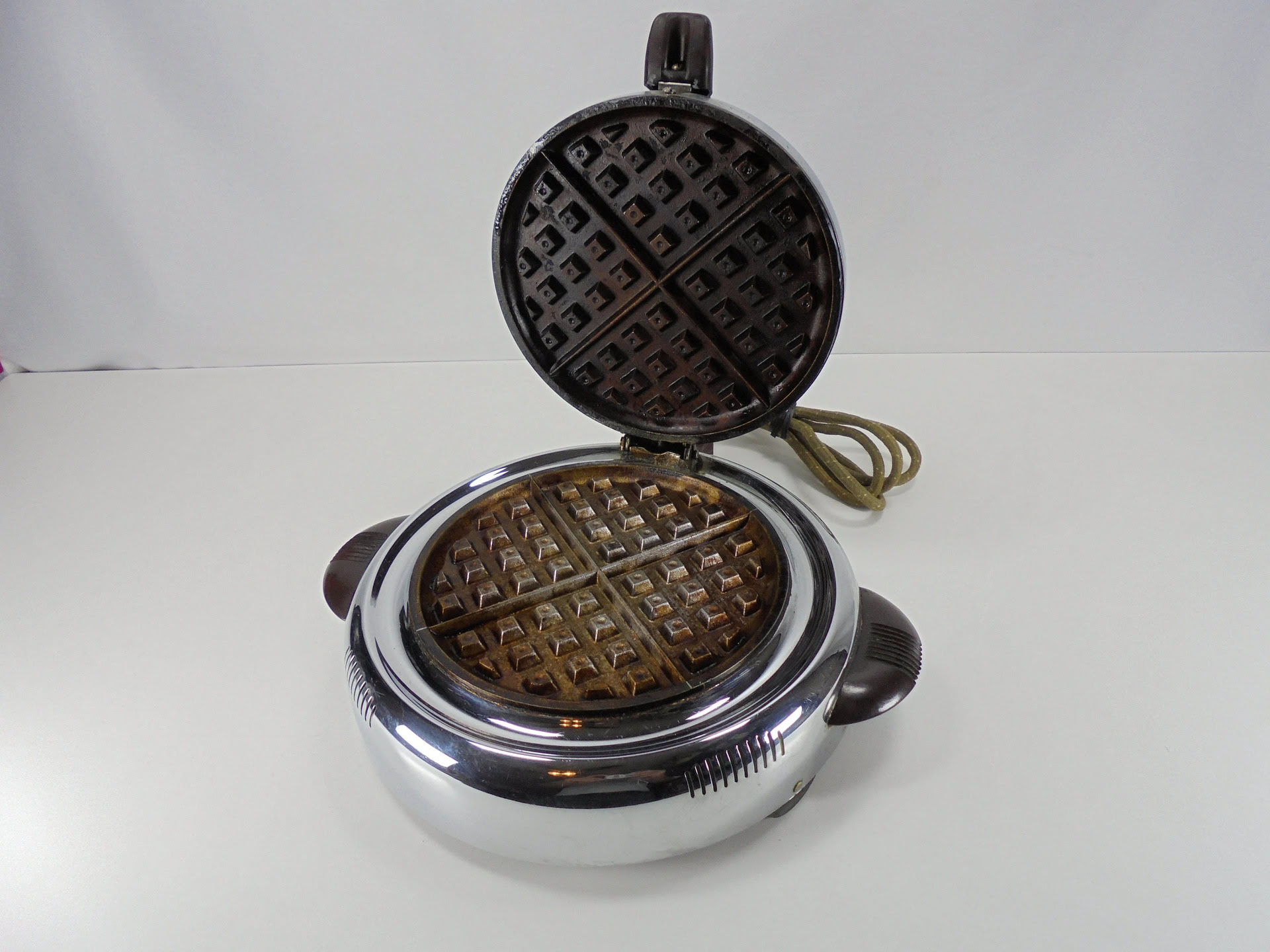
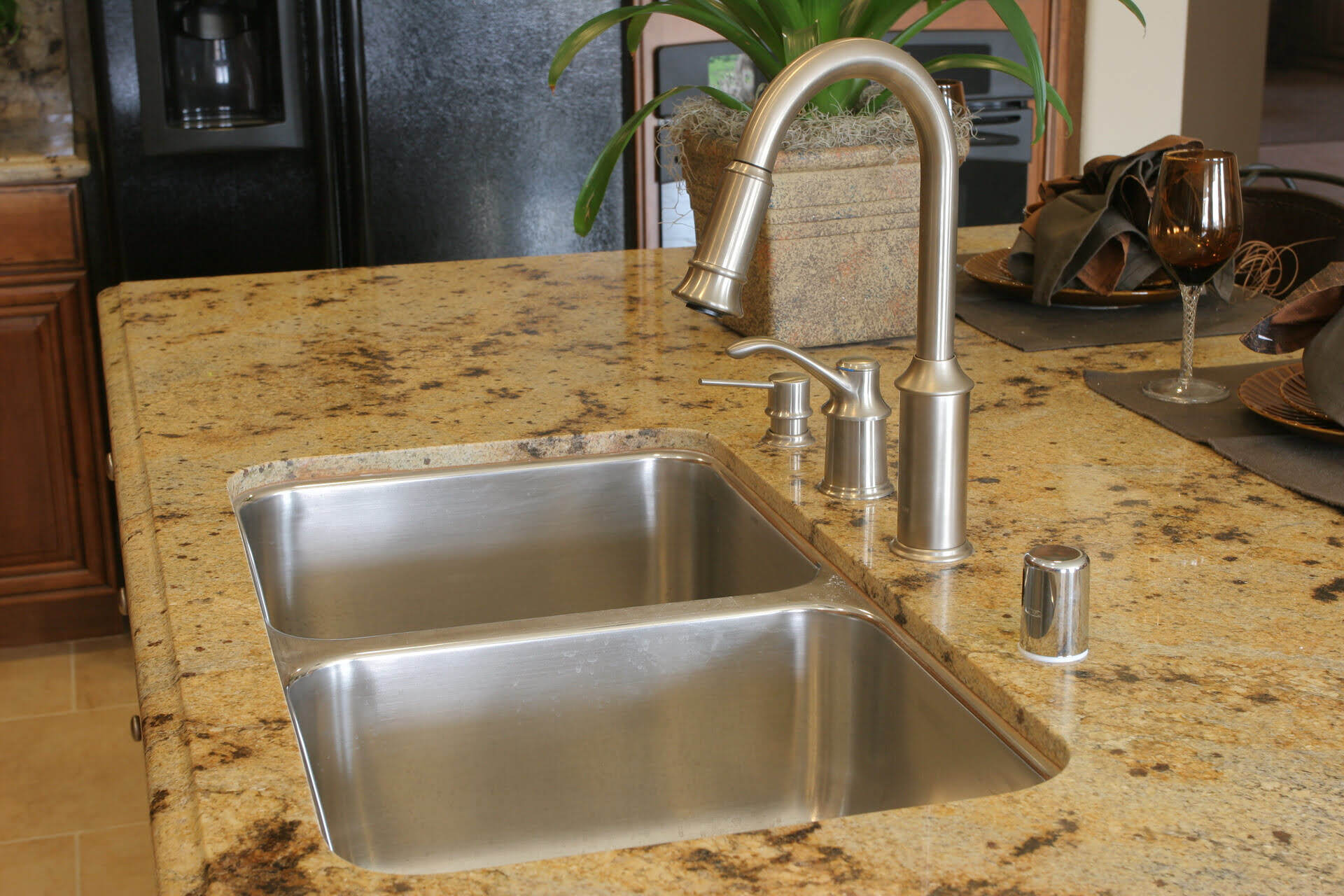
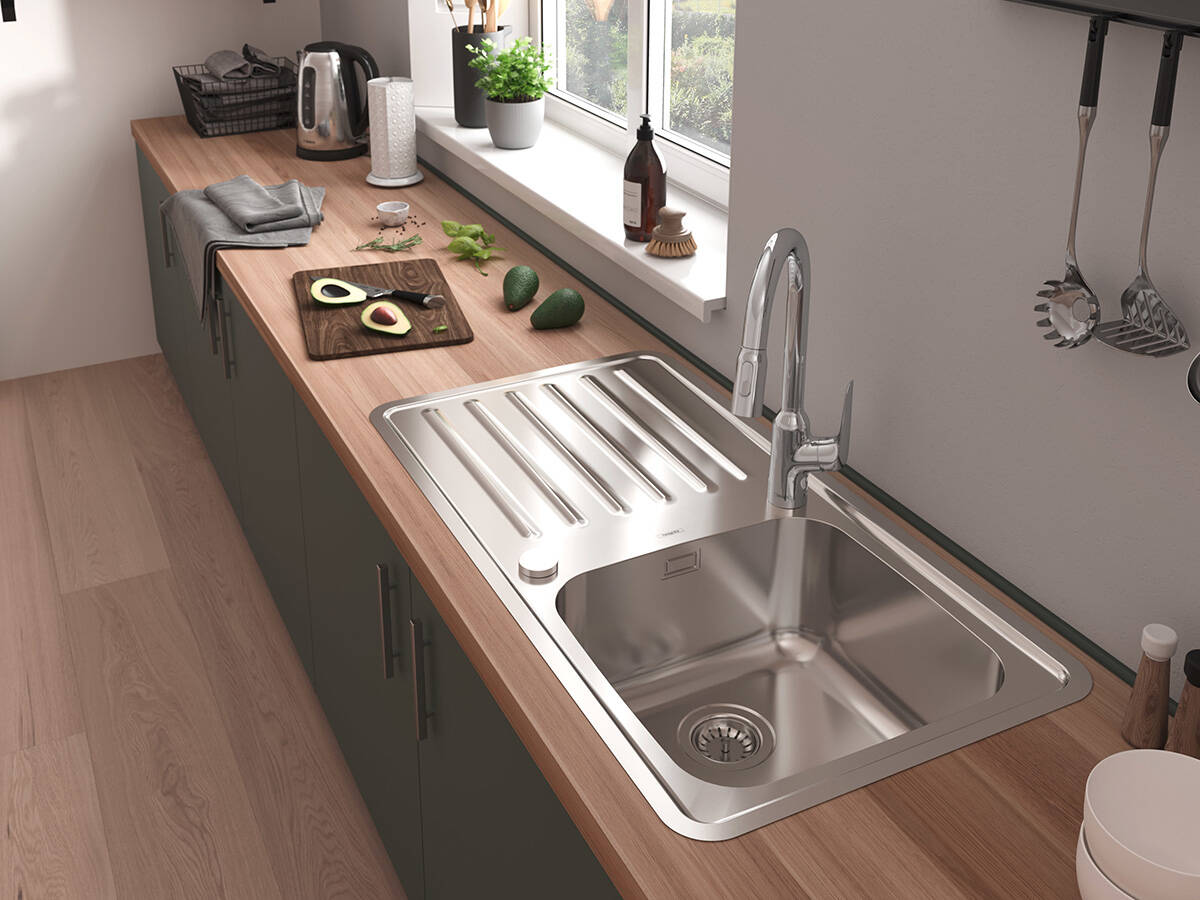

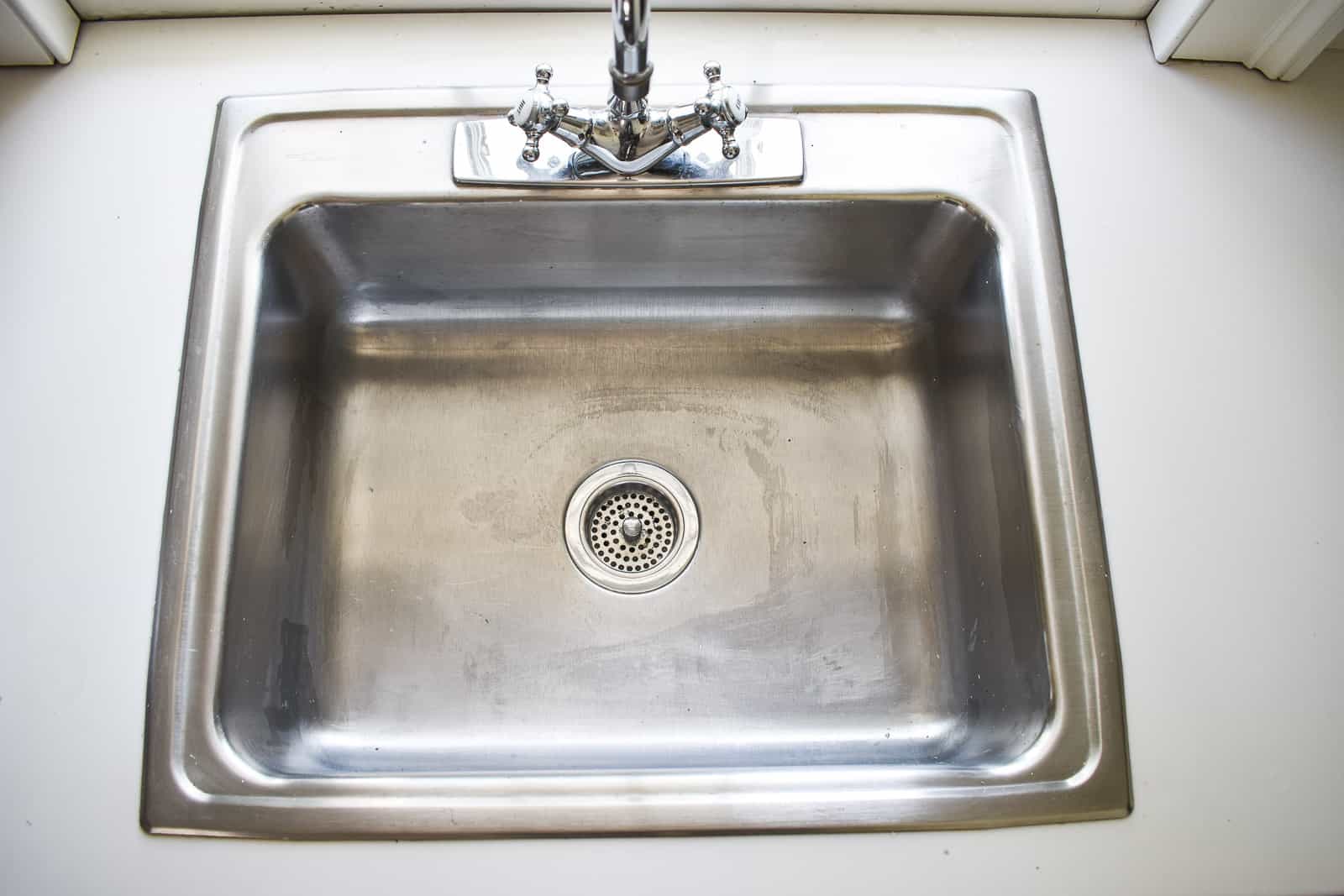
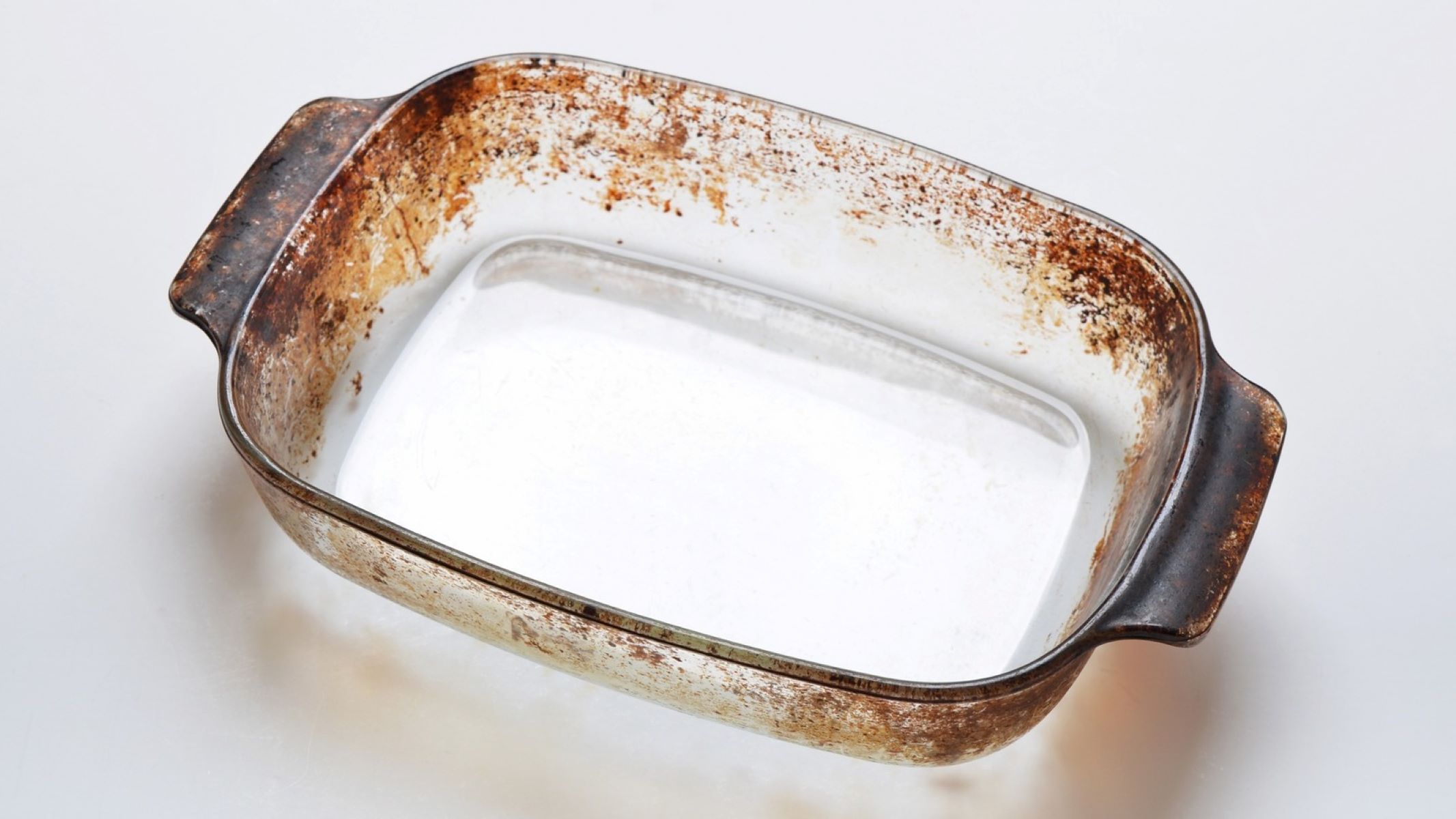

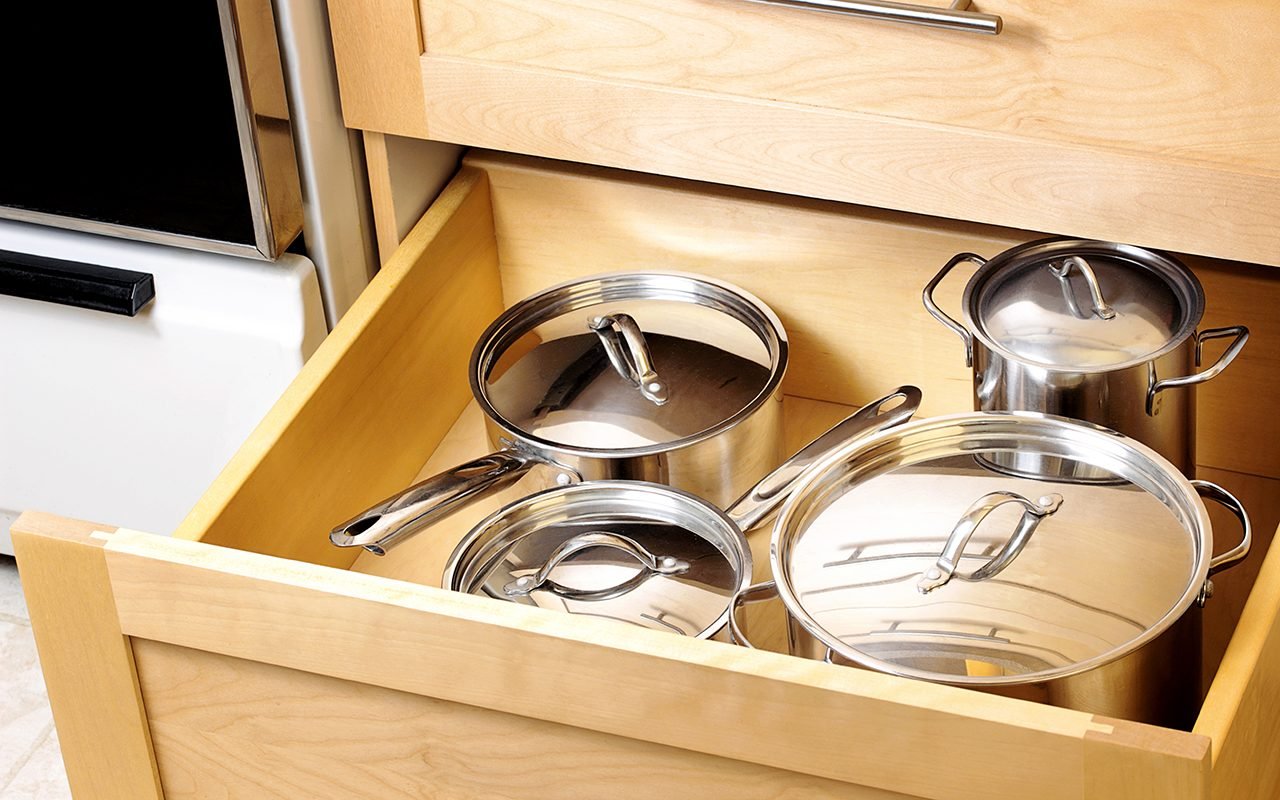

0 thoughts on “How To Clean Burnt Stainless Steel Cooktop”